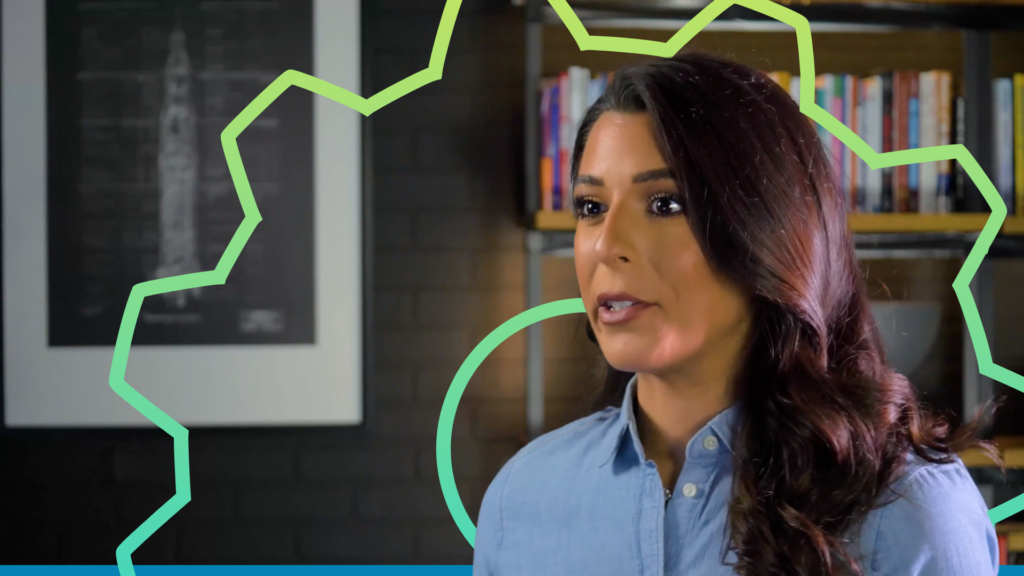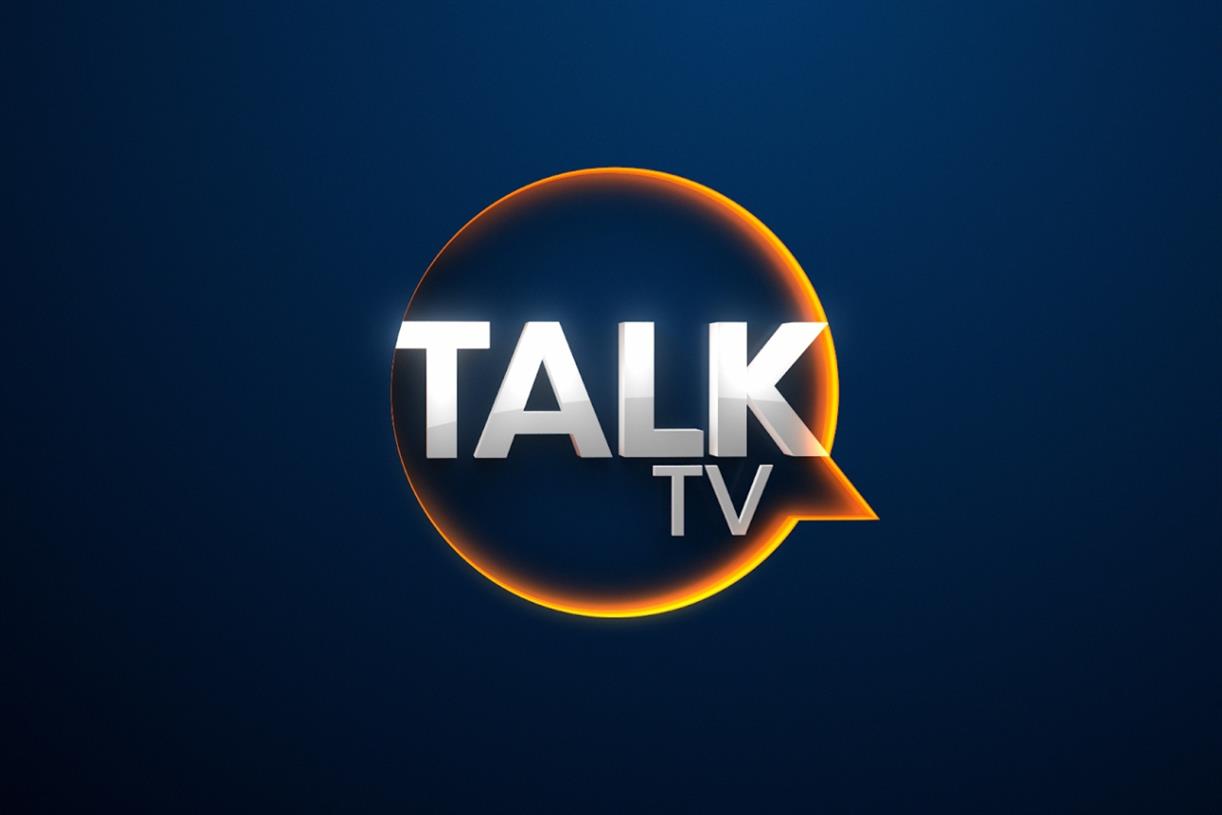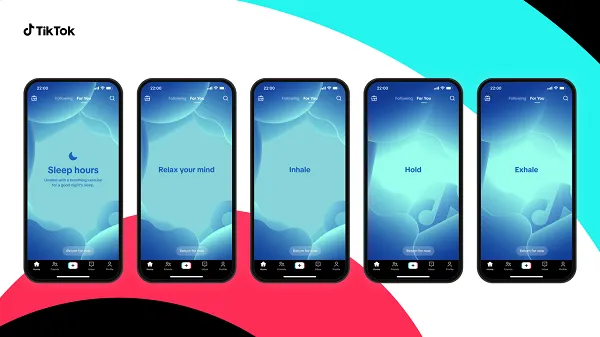Virtual Experiential Marketing: Taking Advantage of Tech
What is virtual experiential marketing? How can you use existing technology to bring your brand to life for everyone everywhere? Let’s find out!

You’ve got your virtual reality headset on, and so do the thousands of people attending your virtual event. They’re experiencing the space you’ve created in 360 degrees and in spatial sound. You’re about to begin a spontaneous press conference, one in which you’re going to announce The Next Big Thing before directly interacting with your virtual attendees.
You didn’t invite them here. You didn’t have to, because you knew they’d be here — this is their online VR forum where they discuss what your company does, and it’s about to become a live event. Because you’re speaking where your customers already are, everyone’s eyes and ears are on you, and they want to know what innovative and exciting new concept you can teach them.
The stage is set for a virtual experiential marketing (VEM) event, and you’re here to tell a message. That’s the whole point of these immersive experiences — to build a positive relationship with your target audience through direct interaction.
This is what a VEM strategy can look like — and if you ever need advice on how to craft an effective VEM campaign, consider what marketing genius Captain Jean-Luc Picard often told his crew: “Engage.”
What Is Virtual Experiential Marketing?
Marketing comes in a variety of types, all with different purposes in mind. VEM broadly encompasses a wide range of marketing strategies focused on engaging directly with the customer in a way that builds a personal connection between them and your brand. The keyword here is “virtual,” as this type of marketing is done using technology and the internet of things (IoT). The other keyword is “event.”
Have you ever seen an unboxing video of a product on YouTube or other social media? That’s VEM. How about a campaign utilizing augmented reality (AR) and virtual reality (VR) so the customer can interact with a brand? That’s VEM, too. Or maybe you’ve seen luxury clothing designer showcases that enable you to view what a product will look like on you before you even put it on. All of this just scratches the surface of what VEM is capable of.
The History of VEM
Traditional experiential marketing campaigns have been around for quite some time, and it brings customer engagement to a whole new level. These are made up of a physical event as part of a marketing strategy. Some efforts are more elaborate than others — Netflix’s experiential marketers repurposed local diners to promote one of its shows. Here, people who participated would get free coffee and chat with other attendees and staff about Gilmore Girls.
Man, those were the days.
Then COVID-19 came around and suddenly, this was a lot less viable. The number of people out in public drastically decreased, and so did engagement with traditional experiential marketing campaigns. Marketers knew a great shift was needed — and like many aspects of business, that shift was to make it virtual. Technically, VEM was around before the pandemic, but it didn’t become practically necessary until then.
There’s a line Kiefer Sutherland’s character says in the (criminally underrated) film “Phone Booth” to Stu, played by Colin Farrell: “See how your fear inspires your creativity?” What used to work wasn’t going to anymore, and there was nothing corporations feared more than losing the loyal customers they had worked so hard to obtain. With the loss of traditional experiential marketing campaigns, they certainly had to get creative to revive the concept in a way that would be compatible with a worldwide pandemic. Thus, virtual experiential marketing became commonplace.
Part of the brilliance of the reinvention of VEM was that it utilized already-existing technologies that were growing in demand — such as VR and AR devices — and made use of them for marketing campaigns that hadn’t been seen before. Customers wanted to use their cool new tech, and companies were happy to oblige.
Subscribe to
The Content Marketer
Get weekly insights, advice and opinions about all things digital marketing.
Thanks for subscribing! Keep an eye out for a Welcome email from us shortly. If you don’t see it come through, check your spam folder and mark the email as “not spam.”
The Technology Necessary for Virtual Experiential Marketing
Inherent to virtual experiential marketing is technology, whether it’s augmented reality, smartphone apps, VR, QR codes or anything else that can digitally connect your customer to your brand.
Consider Wayfair’s AR-enabled tool that allows you to see how a product will look in your home before you purchase it. You can use your smartphone or computer to impose a 3D image of almost any product you want onto a photo of the actual room where you’d like to put it. It even displays how light will reflect off the object. It’s more than just pasting an image onto a 2D backdrop, it’s a photorealistic simulation of how a piece of furniture or fixture will genuinely appear, as if you were really looking at it.
From the consumer side of things, this requires no more than an internet connection to Wayfair and a way to view the room on your phone. But on the business side of things, it’s a little more complicated. LiDAR technology and RealityKit are used to create the interface.
McDonald’s “Pick ‘N’ Play” VEM campaign is another example of using different technologies: Billboards would offer a link to a website. People could go to that link on their smartphones and then play a game similar to Pong. If they could last 30 seconds, they would receive an award in the form of a coupon for free food at a McDonald’s restaurant.
The company knew this campaign would only work if people participated in it, meaning they couldn’t require a separate app the customer had to install. On the consumer end, all that was required was a device that could access the internet. On the business end, there was nothing needed except a billboard that displayed a link to a simple game on a web page.
Examples of Top-Notch Virtual Experiential Marketing
There are some exceptional examples of marketing in practically all its forms, though VEM is unique in what it aims to accomplish. It’s not just digital marketing — it’s marketing that engages. The aforementioned VEM examples were used to describe the types of technologies inherent to this style of marketing, but there are lots of other examples that can be used, too.
Starbucks’ “Holiyay Filter”
Starbucks’ “Holiyay Filter” VEM campaign gave customers limited-edition cups that could be interacted with using an AR filter on Instagram. When you used the filter on any of the four available cups, a dramatic animated effect would occur on the screen. Each cup design had a different type of animation, so you were encouraged to try all of them.
Qlik’s Open Virtual Conferences
Qlik, a business analytics platform, opened up its conferences for a virtual audience. Initially, only stakeholders could access their annual virtual events, but they were later changed to let anyone with an internet connection participate. The forums were expanded to include keynote speeches and digital breakthrough sessions. Viewers weren’t limited to just seeing these scenarios — using both AR and VR, hosts would interact with users, either in one-on-one talks or as groups.
Google Integrates Itself All Over San Francisco
When Google decided it wanted to make a large donation to a charity, it allowed people in San Francisco to vote from places they were already visiting. Interactive posters were put up all over the city where passersby could vote on which charity Google would donate to. This meant an interactive experience where the customers already were, plus partnerships with local businesses where these posters could be placed.
Getting Started With Virtual Experiential Marketing
If you’ve made it this far, we can assume you’re still interested in VEM. Maybe you’re curious to find out if you can incorporate it into your own marketing strategy. Great! Here are a few tips to get you started:
Decide on a technology platform. VEM campaigns all use some sort of tech to get people engaged. Will you use VR? AR? QR codes? Whatever it is, make sure your target audience is already using it. Remember, that’s how McDonald’s succeeded with its “Pick ‘N’ Play” campaign: No app was required, so there was no barrier to entry besides an internet-connected device.Pick a location where your customers are already hanging out. If you ask your customers to come to you, you’re limiting your audience. Instead, go where they already are. Starbucks used its own cafes for its VEM campaign. Google used an entire city for theirs. It doesn’t necessarily have to be a physical location, especially if you’re on a budget — you could use a digital location on the internet such as a subreddit or even an online video game.Find a sponsor or brand partner. If you show up unannounced on private property and start marketing, your VEM journey will end. Regardless of the location, you’ll need permission to be there, which could mean finding a sponsor — or just a brand partner that would find mutual benefit in cooperating with your brand in their own marketing efforts. Either way, you’ll need to provide some sort of incentive for letting a location or platform host you.Engage. Once you get your affairs in order, it’s time to have the virtual event. VEM is far too broad a concept to have a one-size-fits-all approach, so while you can take inspiration from others who have run VEM campaigns, it’s up to you to decide how to do it.Virtual Experiential Marketing Brings Your Target Audience to You
Remember that VR press conference I opened with? That’s the grandest idea I could come up with for how a VEM strategy might look. Has anyone ever done it? Probably not. But is it possible? You bet it is. All the individual components I used to come up with that scenario exist in reality. It’s just a matter of bringing all the core elements of a VEM virtual events — personal interaction, audience engagement, showing up where your customers already are and utilizing cool new tech to send a message. Then, you creatively bring it all together for an involving, immersive experience that gets your brand personally involved with its customers.

 Tfoso
Tfoso 







![The Ultimate Guide to Internet Marketing [Data + Expert Tips]](https://blog.hubspot.com/hubfs/internet-web-marketing.jpg#keepProtocol)
























